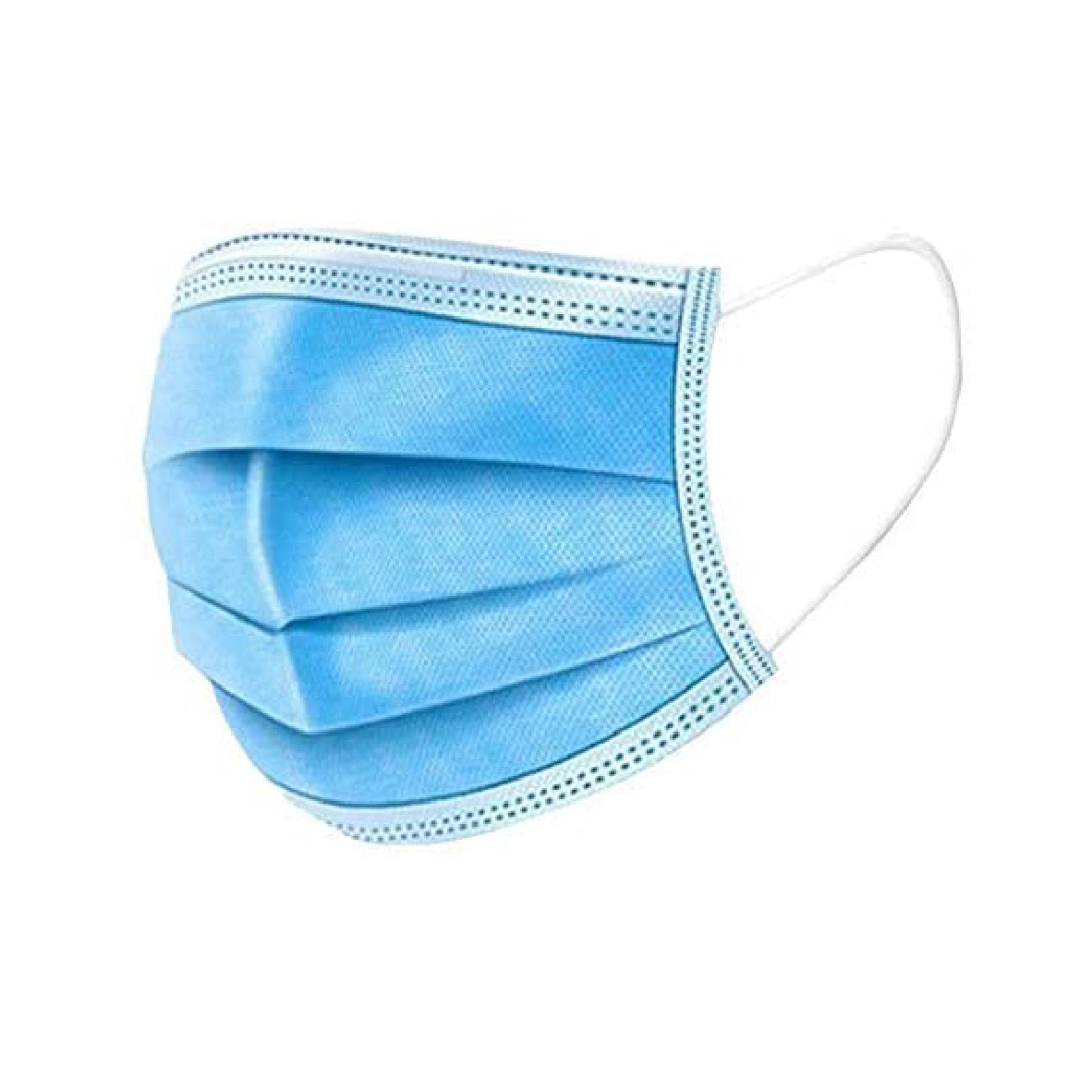Hematidrosis, an exceedingly rare medical condition, represents a perplexing phenomenon wherein individuals experience the unusual occurrence of sweating blood. This condition, stemming from the rupture of blood capillaries that supply sweat glands, manifests through various symptoms including blood oozing from the umbilicus, nails, forehead, and other skin areas. Despite its rarity, understanding hematidrosis is crucial for medical professionals and the public alike to grasp the complexity of human physiology and pathology.
The term hematidrosis originates from the fusion of two Greek words: “haima” meaning blood, and “hidrosis” meaning sweating. While documented cases of hematidrosis are scarce throughout history, reports dating back centuries highlight instances of individuals sweating blood under extreme stress or duress. However, the exact mechanisms underlying this condition remain a subject of ongoing research and debate within the medical community.
Symptoms and Manifestations:
1. Blood Oozing: The hallmark symptom of hematidrosis is the presence of blood oozing from various skin areas, including but not limited to the umbilicus, nails, and forehead. This bleeding typically occurs spontaneously and may vary in severity from mild to profuse.
2. Physical and Psychological Stress: Hematidrosis often occurs in conjunction with heightened physical or psychological stress. Individuals experiencing extreme anxiety, fear, or trauma may be more susceptible to this condition, although not all cases are directly linked to stress.
3. Other Skin Manifestations: In addition to blood oozing, patients with hematidrosis may exhibit other skin manifestations such as petechiae (small red or purple spots due to bleeding under the skin), ecchymoses (larger patches of bruising), or erythematous (red) areas.
Diagnosis and Treatment:
1. Diagnostic Challenges: Due to its rarity and enigmatic nature, diagnosing hematidrosis can be challenging. Medical professionals typically rely on a thorough medical history, physical examination, and exclusion of other potential causes of bleeding disorders.
2. Treatment Approach: Treatment for hematidrosis often focuses on addressing underlying factors such as stress or anxiety, as well as managing any associated symptoms such as pain or discomfort. Psychological support and counselling may be beneficial for patients dealing with the emotional toll of this condition.
Hematidrosis stands as a remarkable yet perplexing medical condition that continues to intrigue and challenge researchers and healthcare professionals. While rare, its manifestations can have profound physical and psychological implications for affected individuals. By delving deeper into the mechanisms underlying hematidrosis and exploring potential therapeutic interventions, the medical community can offer better support and understanding for those grappling with this unusual phenomenon. Additionally, increased awareness and education surrounding hematidrosis are essential to foster empathy, reduce stigma, and advance scientific knowledge in the field of dermatology and hematology.
 Pazionmedia.com Pazion Media l Latest News l Politics l Sports l Entertainment
Pazionmedia.com Pazion Media l Latest News l Politics l Sports l Entertainment



